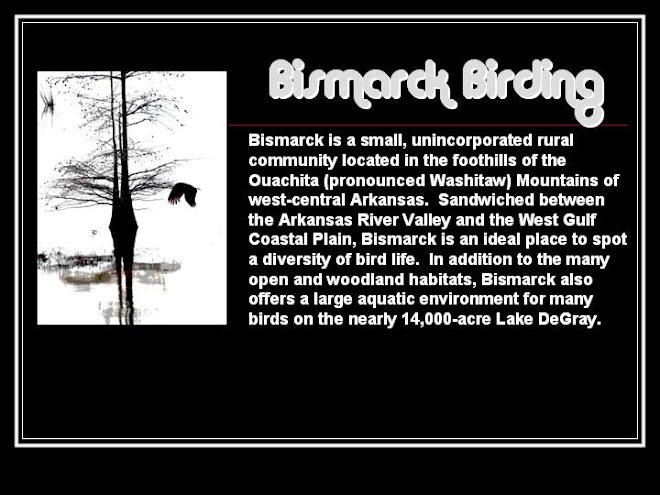


 When I was taking Ornithology in college this bird was placed in its own genus, Guiraca. However, with the advent of DNA technology it has been shown that the Blue Grosbeak (Passerina caerulea) is close kin to the Indigo Bunting (Passerina cyanea). DNA sequence comparisons (which is what I did in graduate school and still do with my research students) has really changed the way scientist now construct phylogenetic (family) trees for many organisms, not just birds. As far as looks, the Blue Grosbeak can be distinguished from the Indigo Bunting very easily by the two broad rusty wing bars and conical beak.
When I was taking Ornithology in college this bird was placed in its own genus, Guiraca. However, with the advent of DNA technology it has been shown that the Blue Grosbeak (Passerina caerulea) is close kin to the Indigo Bunting (Passerina cyanea). DNA sequence comparisons (which is what I did in graduate school and still do with my research students) has really changed the way scientist now construct phylogenetic (family) trees for many organisms, not just birds. As far as looks, the Blue Grosbeak can be distinguished from the Indigo Bunting very easily by the two broad rusty wing bars and conical beak. I caught this fellow during bath time (kind of). The Grosbeak was in the midst of a good preening. The act of preening is the way birds repair and waterproof their feathers. Feathers can split apart (actually become unzipped) and by starting at the base and working toward the tip, birds "rezip" their features. Additionally, most birds have a preen gland, or uropygial gland, at the base of the tail. The gland produces uropygial oil, a waxy substance used to waterproof and condition feathers. Rubbing the preen gland with the beak, a bird picks up the oil and then distributes it onto feathers by rubbing the beak over the feathers. I found this fellow at the Iron Mountain marina on Lake DeGray. Although I have regular visits from the Rose-breasted Grosbeaks and Indigo Buntings at my backyard feeders, I have not seen the Blue Grosbeaks. So I was happy to see this guy and get some pics.


No comments:
Post a Comment